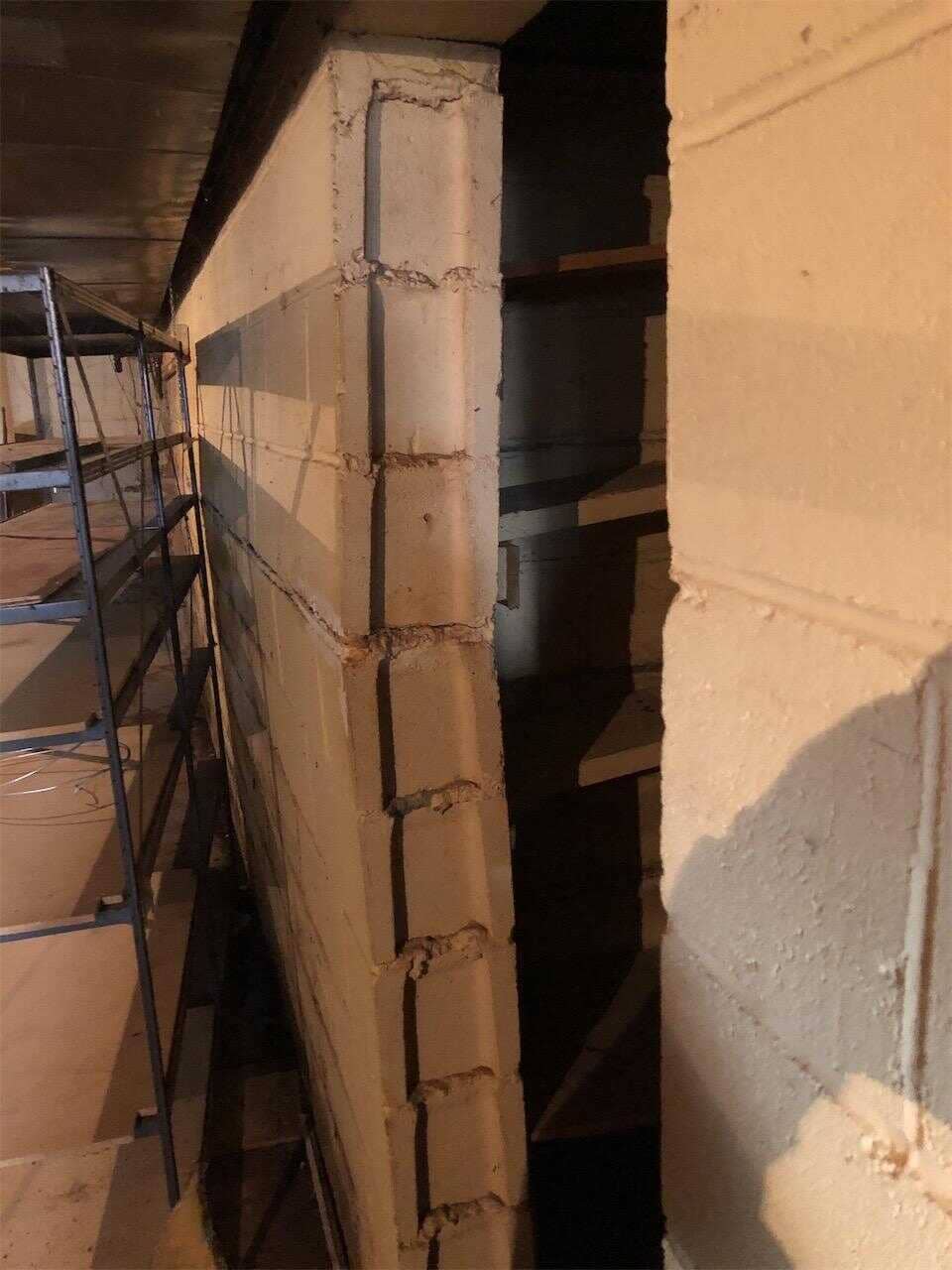8 Simple Techniques For Best Basement Waterproofing
What Does Best Basement Waterproofing Do?
Table of ContentsThe 20-Second Trick For Best Basement WaterproofingBest Basement Waterproofing Can Be Fun For EveryoneSee This Report on Best Basement WaterproofingBest Basement Waterproofing - TruthsSome Known Details About Best Basement Waterproofing
AdvantaClean's skilled professionals and specialists will certainly find the water resource. If wall surface or slab fractures are existing, we will certainly infuse polyurethane and epoxies into the splits and secure the compromise, preventing additional wetness from entering.
If there's condensation on the outside of the aluminum foil, you have high humidity in your cellar. Repair it with a portable space dehumidifier or a whole-house humidifier system rather of waterproofing products. If the foil has condensation on the inside surface area (following to the wall surface), the dirt around your home might be naturally damp from a high water table or poor dirt drain.
You can waterproof just your indoor walls, which may fix the trouble. Or you can waterproof your outside wall surfaces, which is a far better bet however more costly. Below's the scoop on the different types: These thick coverings are cement-like. Once they dry, they stick permanently to concrete and masonry wall surfaces (Best Basement Waterproofing).
Best Basement Waterproofing Things To Know Before You Buy
Concrete water-proof coverings can not be used to previously repainted surfaces; examine the tag. Recognized as densifiers, they are ideal only for walls that have not been repainted or secured.
You brush, roll, or spray it on much even more thickly one gallon covers simply 75 square feet, not the 300 square feet typical with common paint. Waterproof paint is fine for DIY application. You can apply it over painted surfaces, and paint over it once it's cured (one gallon costs $37).
It can set you back $10,000 to $15,000, depending upon the work required. Outside waterproofing includes digging deep into all over your home fully depth of the foundation wall surfaces, then mounting a waterproof layer or membrane layer topped by water drainage panels. The panels supply an easy path for water to flow down to an external French drainpipe at the base of your foundation.
A cellar without waterproofing is kind of like that. Your basement doesn't want to go through a rainstorm without correct security just as much as you do not want to.
3 Easy Facts About Best Basement Waterproofing Described
If you've done your study, you 'd know there are two types of waterproofing: inside and exterior. It can get confusing what they both mean, which one's a far better financial investment, and what will really keep the water out. Don't worry, we created this blog to quickly define both techniques for you and go over the advantages and disadvantages of each.
Outside waterproofing is a waterproofing technique that includes securing your home from the outside. It's sort of like a moat around a castle. It includes Visit This Link excavating a trench around your entire residence down to the foundation (about 8 to 10 feet down). The structure walls are then cleaned up, secured, and covered with a waterproof membrane or sealer.
The 5-Minute Rule for Best Basement Waterproofing
It's a more involved process that calls for digging up your lawn, which is expensive and taxing. Outside waterproofing includes removing every little thing bordering your house, consisting of patios, driveways, pathways, landscape design, AC units, decks, and so on. If any of the work was done inaccurately and water is still entering your basement, there isn't much you can do to fix or repair it.
Interior cellar waterproofing involves waterproofing from the inside. Any kind of water that leakages into your basement is redirected before it touches your floor. It's sort of like wearing a raincoat under your clothes. It involves two points: a water drain track and a sump pump. It works by securing the within your cellar walls and floorings so water that attempts to get in is channeled out via a sump pump.
It's an effective technique to water-proof your cellar. The downside of indoor basement waterproofing mainly has to do with the setup procedure.
How Best Basement Waterproofing can Save You Time, Stress, and Money.
To conclude, exterior and interior basement waterproofing are both effective approaches of securing your home from water damage. Exterior waterproofing creates an obstacle that protects visit this web-site against water from entering your home, while indoor waterproofing redirects water that does enter your home. And it is very important to note that exterior waterproofing visit their website is a costly and disruptive installation process when compared to indoor waterproofing.
Whichever technique you select, make certain you pick a trustworthy and reliable service provider for the work. If you have any type of inquiries about cellar waterproofing, please reach out to us.
You can complete our type right here, start a conversation in the bottom right-hand edge, or call us at 1-800-827-0702.